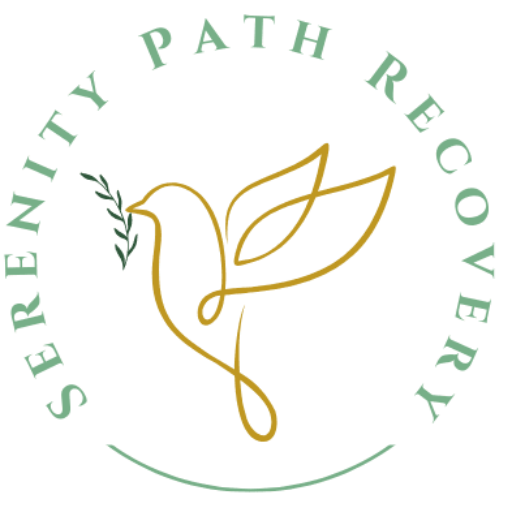Addiction and Impulse Control: What to Know
TL;DR
Impulses can hijack recovery. Understanding how impulse control and addiction overlap helps you pause, choose differently, and protect your sobriety.
We often explain slips with phrases like “I couldn’t stop” or “It just happened.” Those moments usually point to more than willpower — they reveal patterns. At Serenity Path Recovery, we help you understand the link between urges and choices so you can make change that lasts.
What Is Impulse Control?
Impulse control is the ability to pause, delay gratification, and choose a deliberate response instead of reacting automatically. When impulse control is strained, urges win more often than reason. In recovery, that can look like a craving after a tough emotion, acting before you can reach your tools, or sliding back into old patterns despite sincere intentions.Why It Matters in Recovery
Addiction and impulse control draw on overlapping brain systems — reward, salience, and habit learning. When pausing gets harder, relapse risk rises. Strengthening impulse control protects your sobriety and supports daily choices that align with your goals. For additional background on impulse control concepts, see the Cleveland Clinic overview.Signs of Poor Impulse Control
- Acting quickly in emotional moments (stress, anger, boredom, loneliness).
- Feeling immediate guilt or regret after reacting.
- Repeating actions despite negative consequences.
- Defaulting to “use now” shortcuts when triggered.
How Rehab Can Help You Build Control
- Pause before you act. Try a quick breath reset: inhale 4, hold 2, exhale 6 — repeat several times to shift from reacting to responding.
- Map your triggers. Pair each trigger with a plan: “When I feel X, I do Y.” Over time, your brain learns new routes.
- Use practical replacements. Stand, walk, or stretch; text a trusted contact; jot one sentence in a journal; play a short grounding audio. Replace the old shortcut with a healthier one.
- Reframe with CBT skills. Move from “I failed” to “What happened, and what’s my next step?” Awareness builds strength.
- Support the basics. Sleep, nutrition, movement, and hydration all make pausing easier. Tired or hungry brains react faster.


